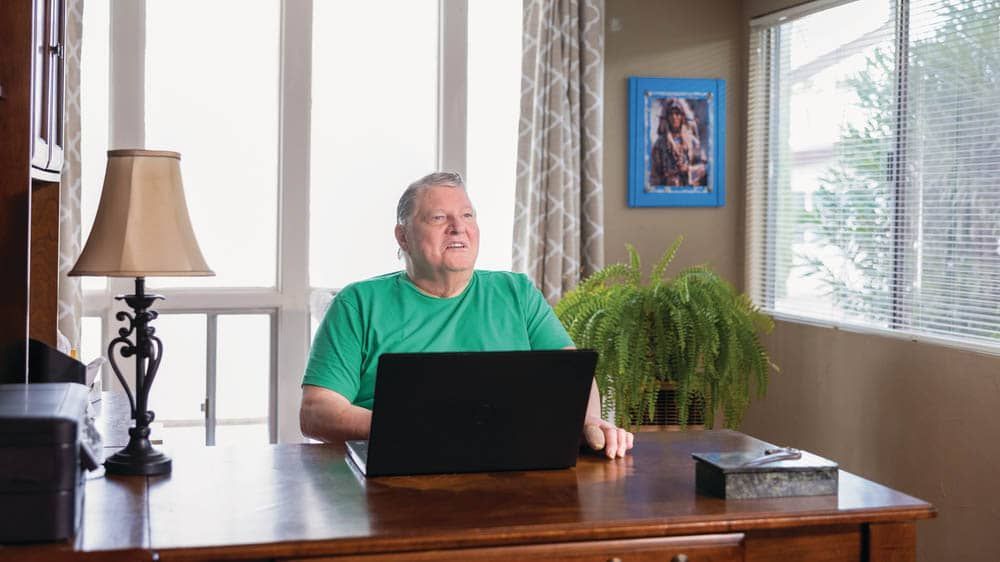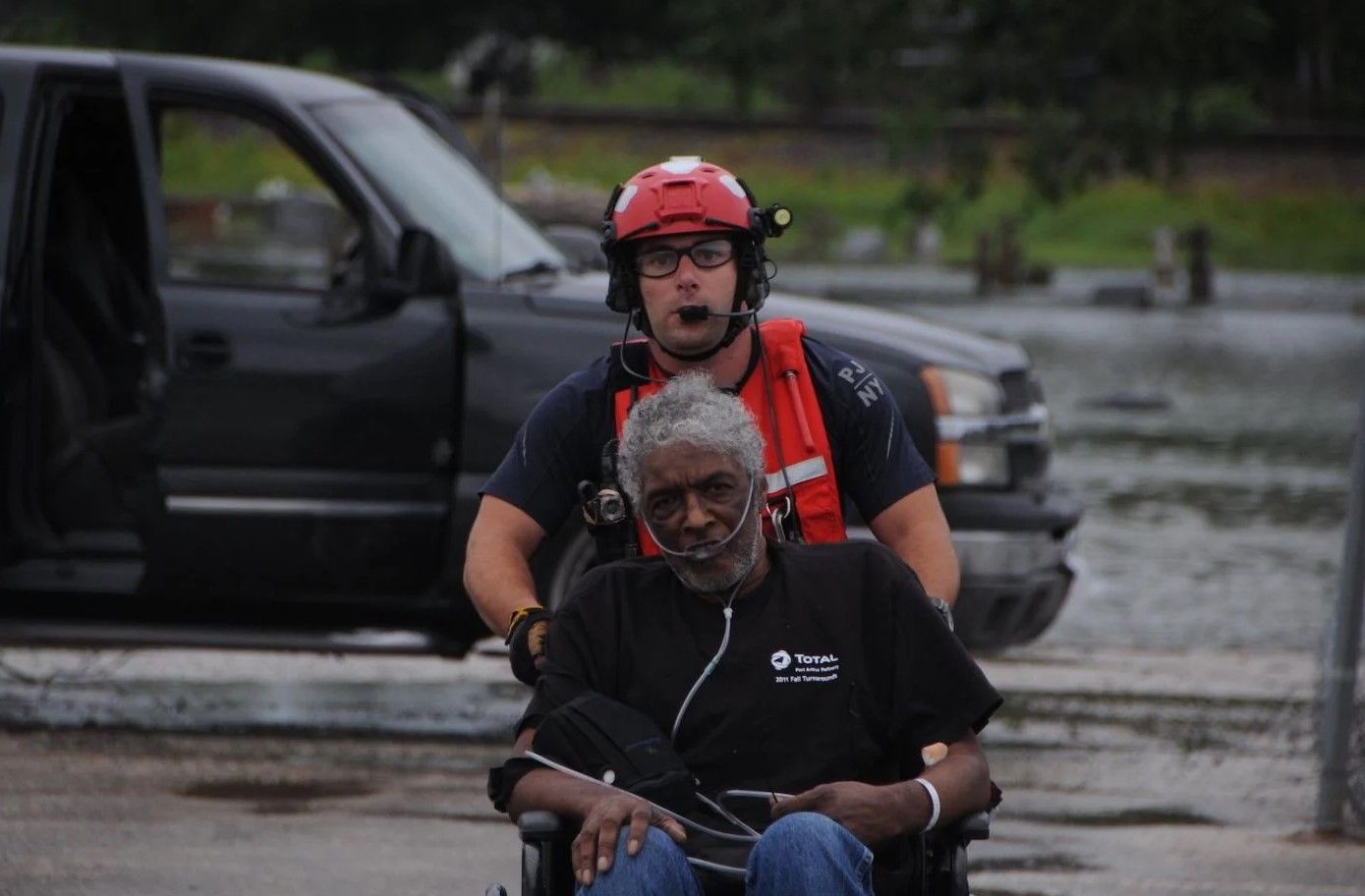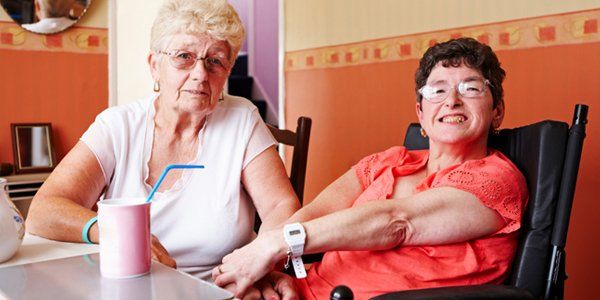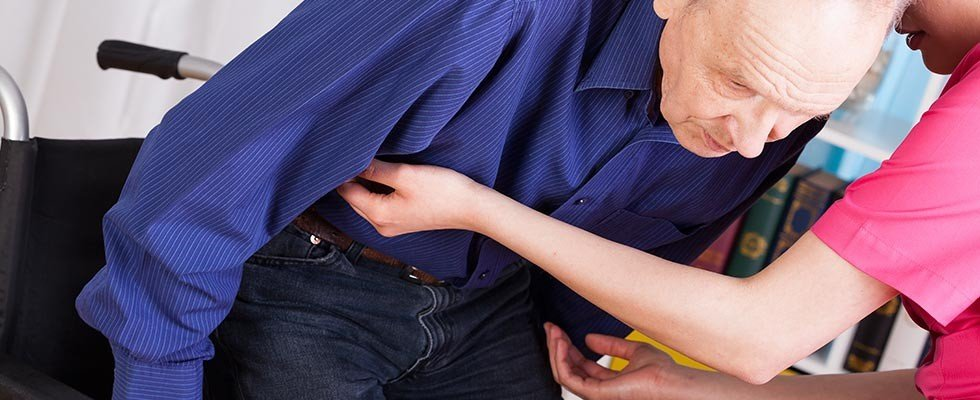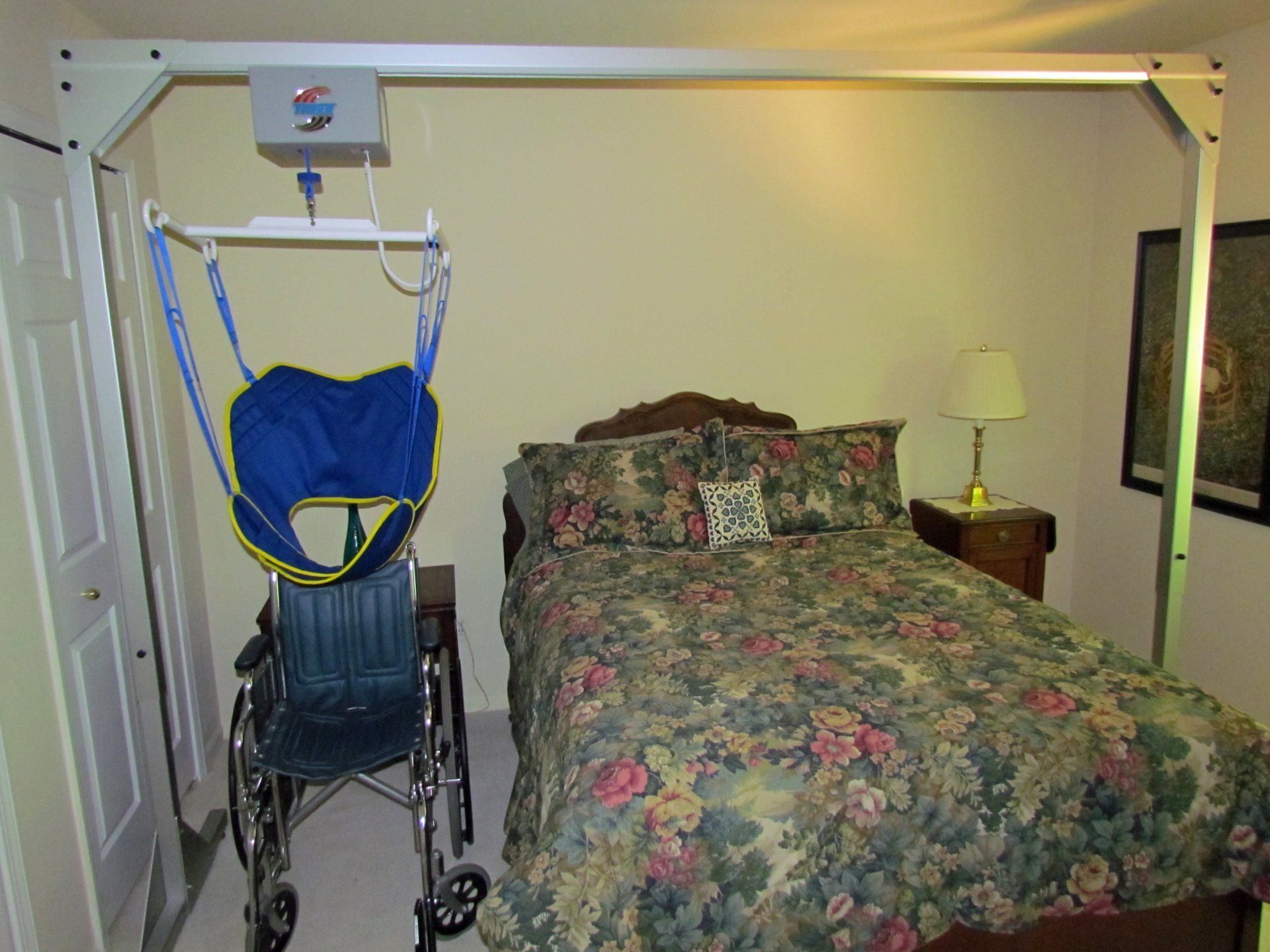University of Arizona researchers examine the relationship between loneliness and being alone
A new study finds that solitary time does not closely correlate with feelings of loneliness – unless a person spends 75% of their time alone.
By Niranjana Rajalakshmi
In a world filled with endless connections and constant communication, the relationship between loneliness and aloneness is not always clear. Now, University of Arizona researchers have analyzed that relationship – and found that they are two different things that are not closely correlated.
People don't feel lonely until they spend three-quarters of their time alone, the study found. However, when their alone time goes beyond 75%, it becomes difficult for them to avoid feelings of loneliness.
Published in the Journal of Research in Personality in September, the study also concludes that among older adults, there is a particularly strong association between time spent alone and feeling lonely. The study was led by Alex Danvers, a former postdoctoral associate at University of Arizona, and Liliane Efinger, a former visiting graduate student.
The social network of people gets smaller as they get older, and the ability to spend time with others diminishes for many older adults, said David Sbarra, a University of Arizona professor of psychology and a senior author on the paper.
"Among adults 68 years and older, we found that loneliness is strongly connected with being socially isolated," Sbarra said.
Mentioning the 2023 U.S. Surgeon General's advisory about the pattern of increase in loneliness, Sbarra said attention increasingly has focused on loneliness as a health determinant.
"We are learning more and more about the importance of social connections for human health, and it appears that loneliness and isolation are related but distinct concepts," he said.
"We needed a good measure of how much time people spend alone, and that's why we started this research," said Matthias Mehl, a University of Arizona psychology professor, also a senior author of the study.
Over the course of his career, Mehl has developed a method for studying social activity in everyday life. The Electronically Activated Recorder, or EAR, is a smartphone app that records with participants' permission the sounds they make for 30 seconds every 12 minutes.
EAR is a useful tool for observing daily social behaviors, Sbarra said. In this study, the researchers used EAR to characterize time spent alone.
"Feeling lonely is different from being alone, and EAR is an exciting new method for assessing time spent alone," Sbarra said.
Overall, the study participants spent 66% of their time alone, and those who were alone for more than 75% of their time were the ones who felt the most lonely. On analyzing the result from the entire participant pool, there was only a 3% overlap between aloneness and loneliness.
In younger people, aloneness and loneliness are just two different things, Mehl said. They may feel lonely in a crowd, or they may not feel lonely when they are by themselves.
The case is different with older adults, Mehl said. In older people, since feeling lonely and being alone are tightly linked, being with others and socializing is the way to combat feelings of loneliness, according to Mehl. The strong relationship between the two was found in adults older than 67, and there was an overlap of about 25% between loneliness and aloneness in older people, he said.
The study involved over 400 participants with archival data collected in a series of studies completed over the last 20 years.
"For instance, we know if the person is on the phone, if they are driving, watching television or if they are interacting with a partner or a stranger," Mehl said.
Although EAR has many benefits, it is a time-consuming method for researchers to quantify the metrics of social behavior. To avoid hours of coding sound files and to more efficiently measure aloneness, Mehl is now working with a team to develop SocialBit, an app that runs on a smartwatch, analogous to commercially available fitness trackers.
Much as fitness trackers measure physical activity by counting steps per day, SocialBit will measure social activity by measuring minutes of conversations per day, Mehl said.
The device is expected to be rolled out in the next couple of years. The researchers are developing it for stroke patients during recovery, given that social isolation after stroke is significant, Mehl said.
"In order to facilitate more social connection, we first need to be able to measure it well," Mehl said. "Methods like SocialBit can tell people, 'You’ve been solitary for too long. It’s time to try to have a conversation.'"
This article originally appeared here: https://news.arizona.edu/story/uarizona-researchers-examine-relationship-between-loneliness-and-being-alone



